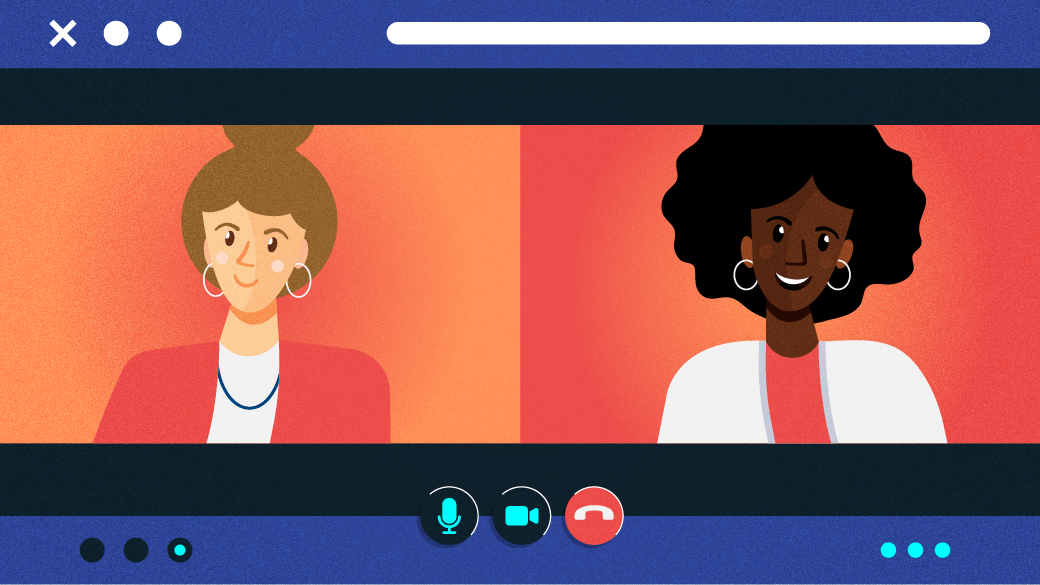3 key open source challenges in developing countries
3 key open source challenges in developing countries Ahmed Sobeh Thu, 04/27/2023 – 03:00 When I go back home and talk to people in the tech industry, or any other industry for that matter, about what I do and the topics I’m involved in daily, I’m usually met with bemusement at the idea of an Open Source Programs Office (OSPO). The concept of a company contributing to an open source project without obvious immediate financial benefit can be culturally strange to understand or explain. As someone born and raised in a country that has been trying to develop for quite some time, I understand and relate to that. There was a point in time when my only understanding of open source was that it was software that I could use without paying and without needing to wait for a specific issue or additional feature to be released. I could just do whatever I needed myself, locally. Open source faces many struggles in developing countries that make how it’s perceived and its associations inaccurate and out of touch. I will discuss these struggles in this article. Open source challenges in developing countries The challenges that open source faces in these regions can be divided into three main areas: Society and culture Resources and infrastructure Governance Society and culture It’s no secret that the culture of tech in general, and specifically the open source part of it, feeds off the culture of the society where it exists. That’s why, in today’s world, open source has a better chance of being sustained and maintained in the more developed parts of the world. But imagine a perfect society, optimal for open source to grow, be sustained, and maintained. What does the culture of that society look like? What are its main characteristics? Open and transparent For open source to thrive, the society’s culture must be as open and transparent as possible. Information must be freely and publicly accessible, which













